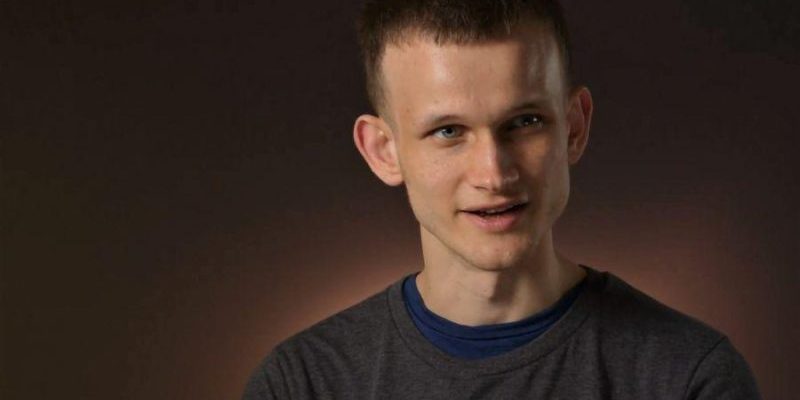
Ethereum (ETH) co-founder Vitalik Buterin has once again voiced his concerns regarding overly complicated Layer 2 scaling solutions.
Taking to social media on Wednesday, Buterin highlighted the potential risks associated with complex Layer 2 networks and urged for a more balanced approach in the development of blockchain ecosystems.
In the blockchain community, there is a prevailing belief that Layer 1 networks should prioritize simplicity to minimize the risk of critical bugs and attack vectors.
Consequently, the responsibility for handling more complex features falls upon Layer 2 networks, which are designed to provide scaling solutions.
Honestly I’m about 3x less confident in the “simplify L1 even at the expense of more complicated L2s” concept than I was five years ago. The challenge is that when you can trade off between L1 bug risk and L2 bug risk, it’s not actually clear that the latter is better!
— vitalik.eth (@VitalikButerin) February 21, 2024
Vitalik Buterin Notes Consequences of Bugs in L2
Buterin emphasized the potential consequences of critical bugs in Layer 2 networks.
He said that while a Layer 1 blockchain can recover relatively quickly from a consensus failure, such failures in Layer 2 networks could result in permanent loss of funds for users.
“If you have an L1 consensus failure, stuff breaks core devs scramble for a day, but eventually things are alright again. With an L2 bug, people could permanently lose lots of money.”
He cautioned against the increasing complexity of Layer 2 solutions and the associated risks they entail.
Proposing an alternative approach, Buterin suggested that adding sophisticated features to Layer 1 networks could alleviate the burden on Layer 2 networks, enabling them to remain reasonably simple.
By reducing the complexity of Layer 2 solutions, the risks of critical bugs and security vulnerabilities could be mitigated, ultimately protecting user funds and enhancing overall system reliability.
“So I would say it’s can actually be worth adding some pretty sophisticated L1 features to reduce the code burden of L2s and allow them to be reasonably simple.”
The crypto ecosystem has witnessed significant growth and development over the past decade, with various blockchain ecosystems emerging around Layer 1 networks such as Bitcoin, Ethereum, and Solana.
As developers strive to create more complex on-chain applications, the focus has shifted towards scaling solutions like Layer 2 networks.
These networks bundle transactions executed on a separate network and submit them in batches for validation on Layer 1, enhancing throughput and reducing transaction fees.
Ethereum Layer 2 Ecosystem Continues to Expand
Ethereum’s Layer 2 ecosystem has experienced substantial expansion over the past year and a half, with a total value locked (TVL) surpassing $27 billion.
In October 2023, transaction activity on Layer 2 networks exceeded that of the Ethereum mainnet, with these networks now routinely processing five times as many transactions, according to L2beat.
As reported, Ethereum-based layer 2 network Arbitrum now has a market share of 49.17% among layer 2 networks, far surpassing number two on the list, Optimism Mainnet, with its 28.85% market share.
The network has also seen a consistent increase in its TVL at least since October last year, rising about 50% from $1.66 billion in October to the current value of $2.51 billion, data from DeFi tracking site DefiLlama showed.
The upcoming Ethereum Dencun upgrade, incorporating changes proposed by EIP-4844, is expected to reduce rollup transaction costs, benefiting layer 2 solutions like Arbitrum by lowering gas fees and improving network capacity.
The post Vitalik Buterin Voices Concern About Complex Layer 2 Solutions appeared first on Cryptonews.










